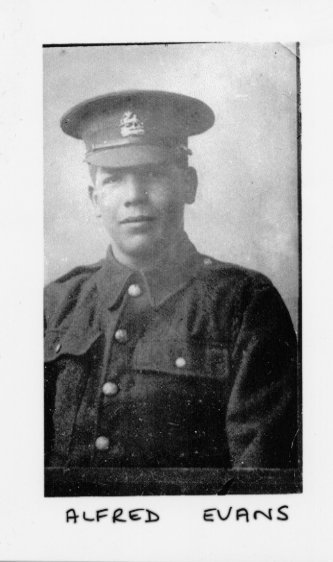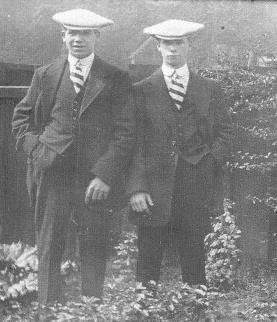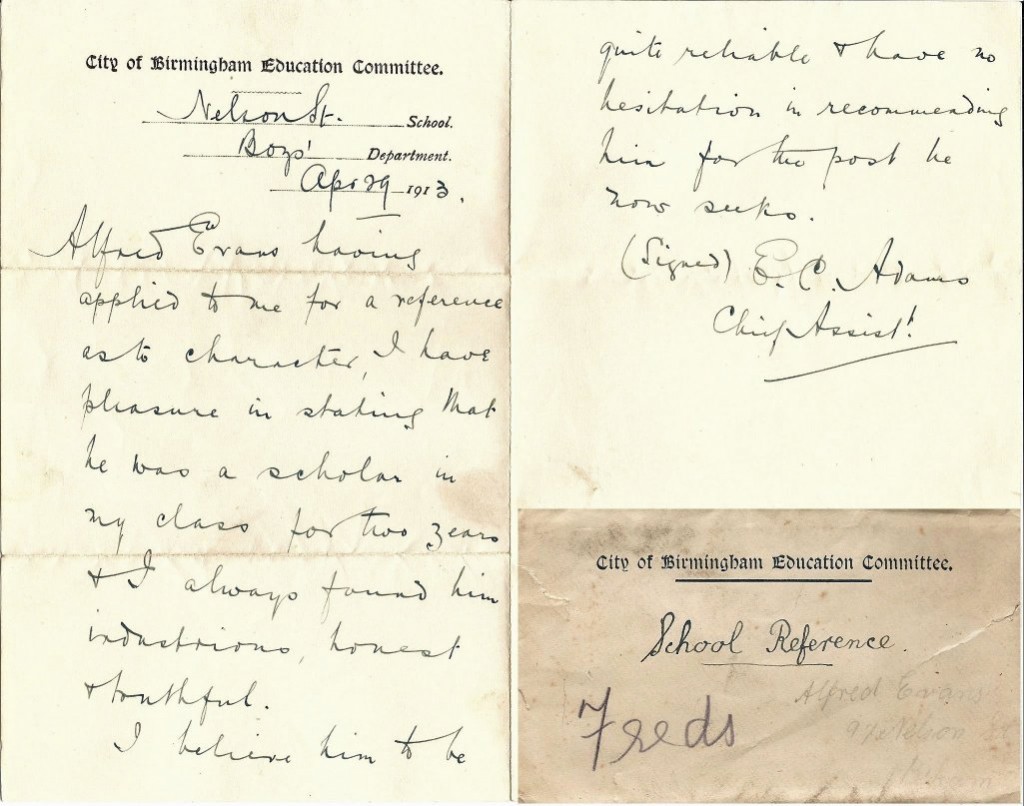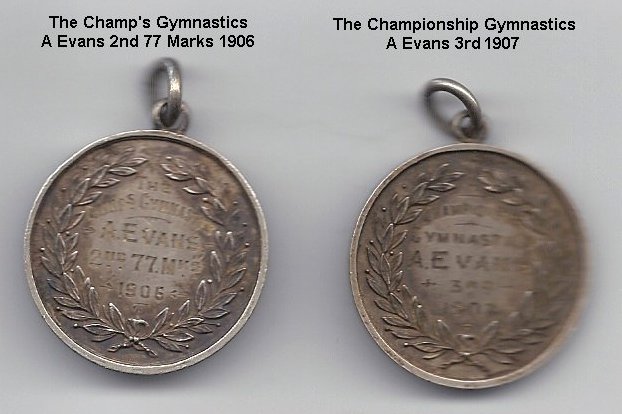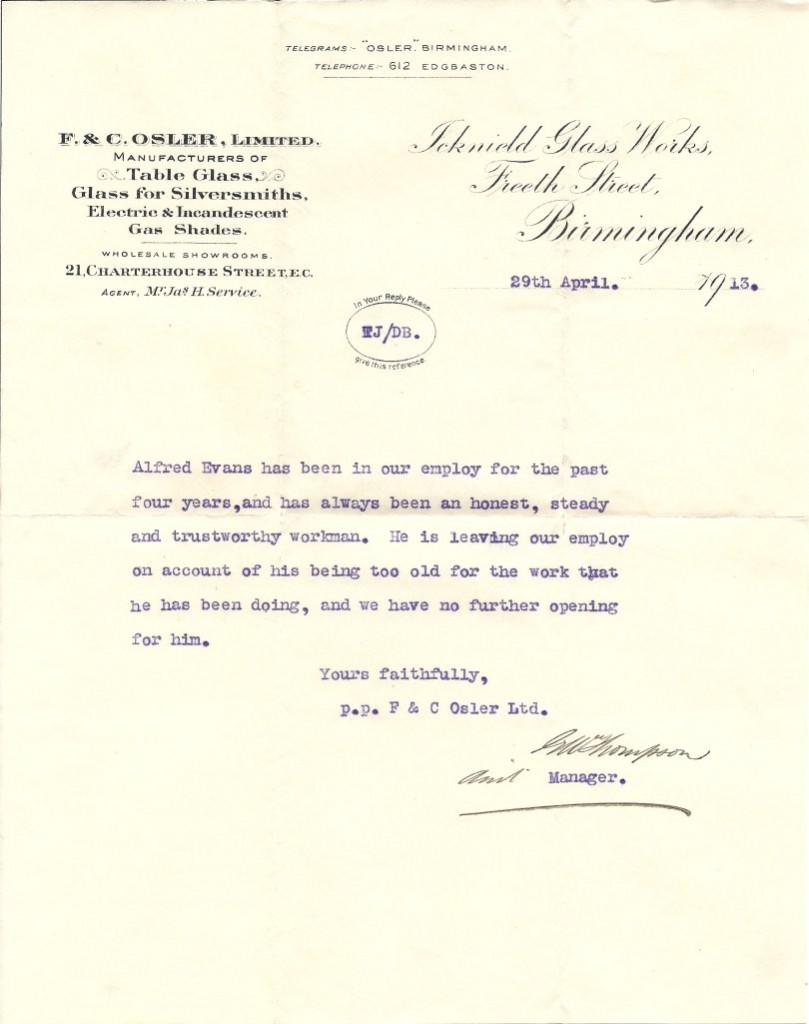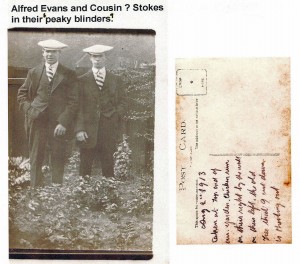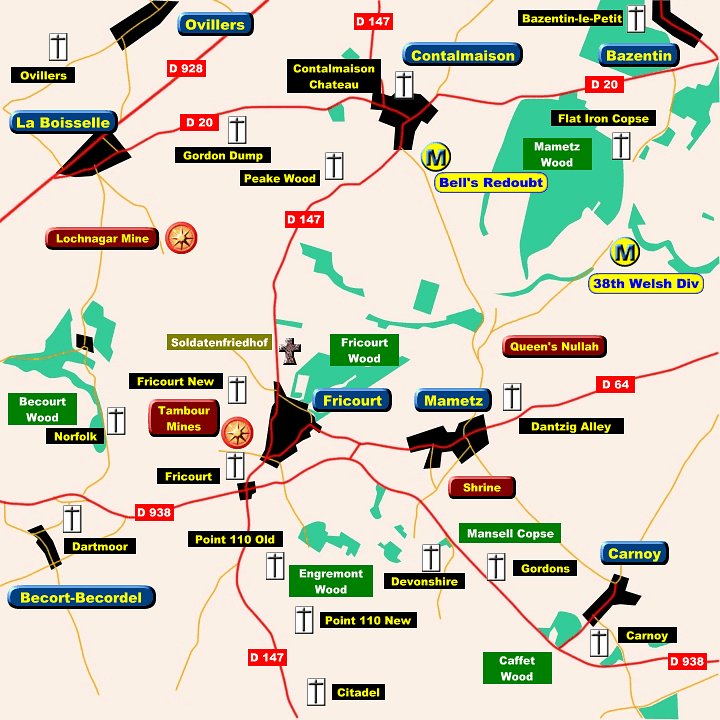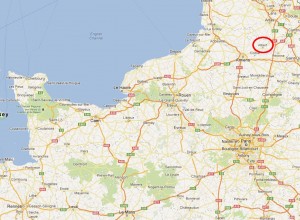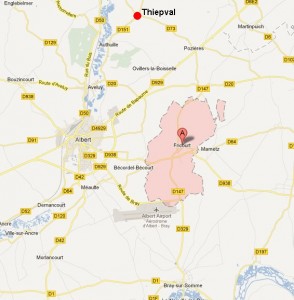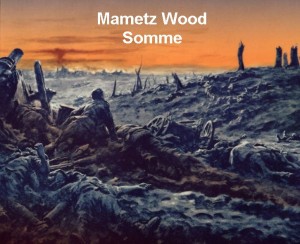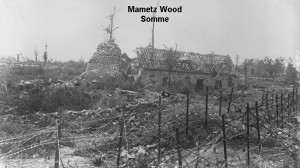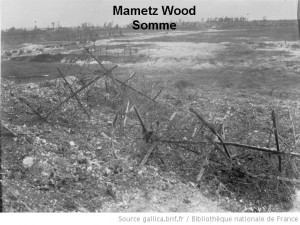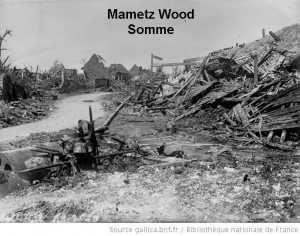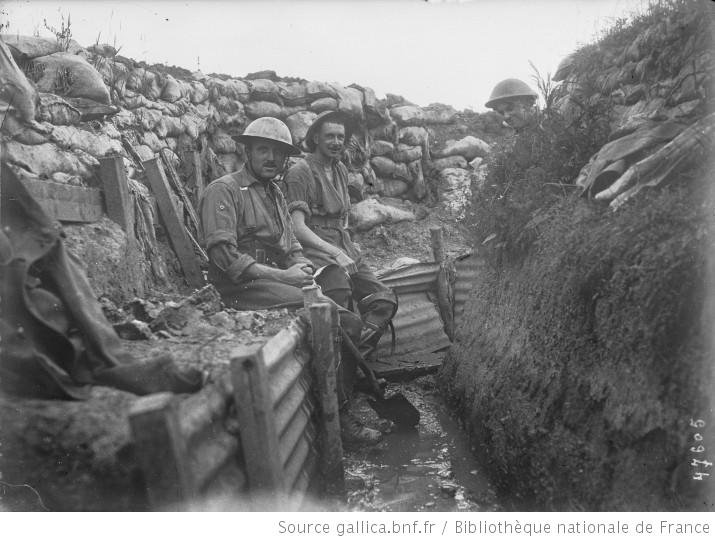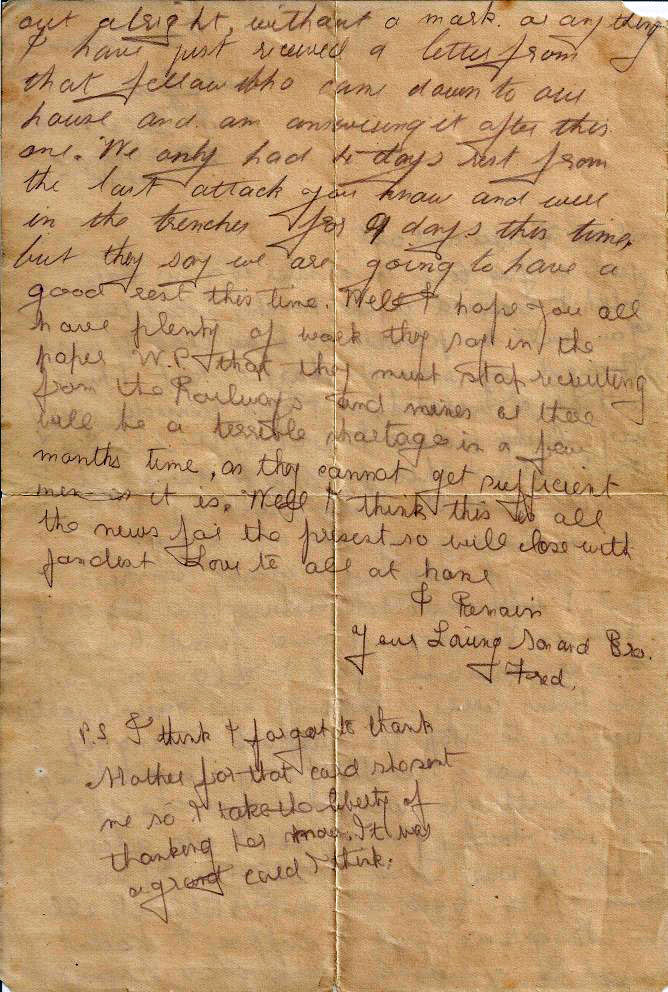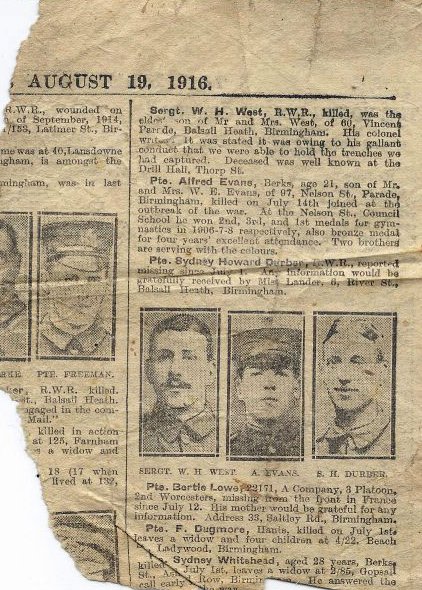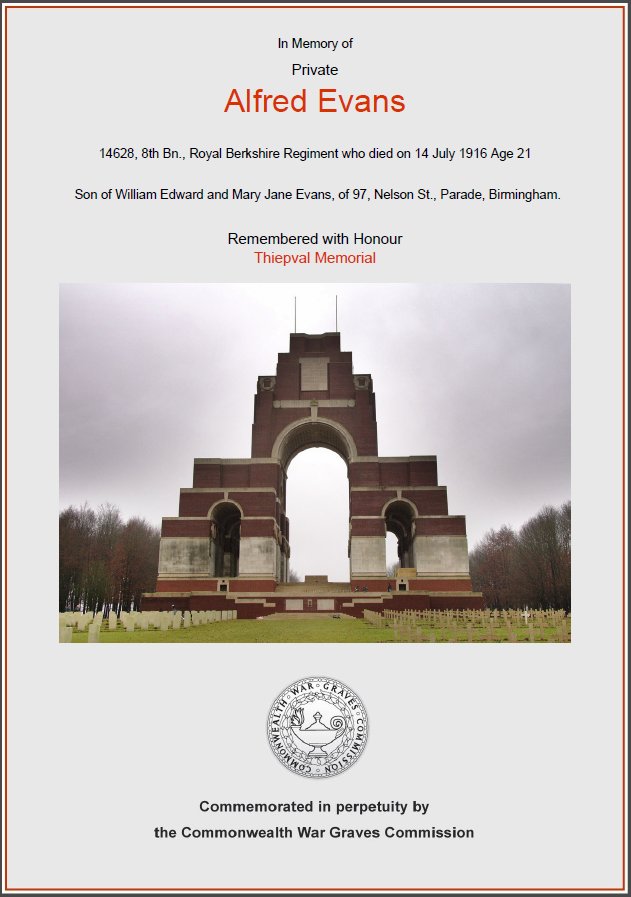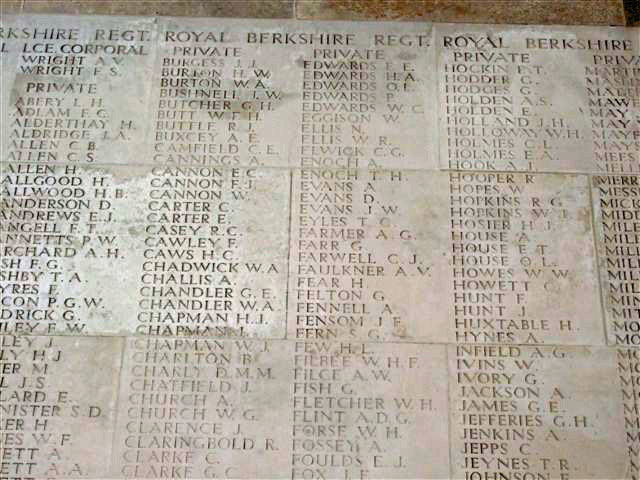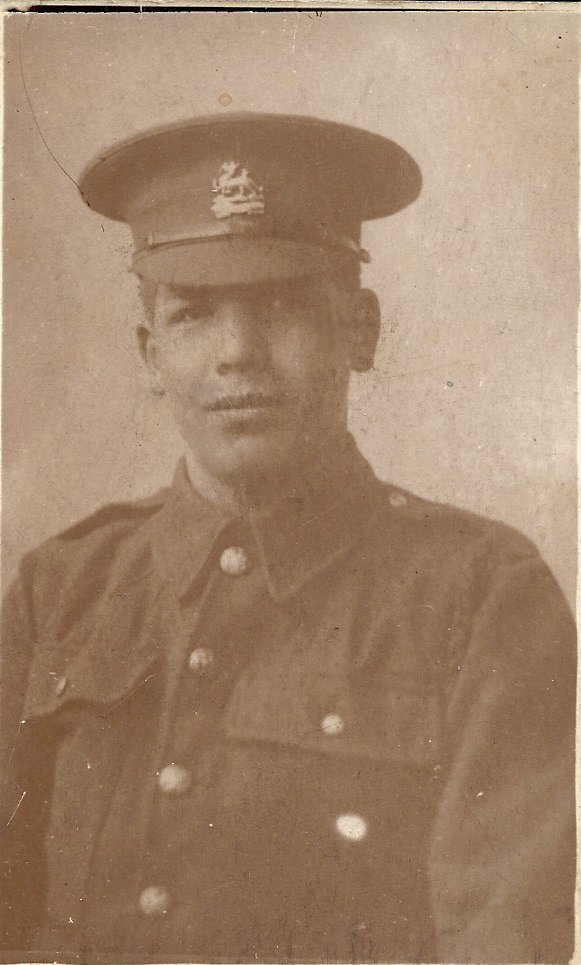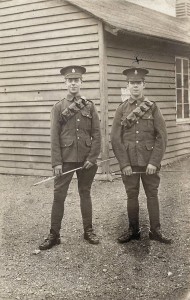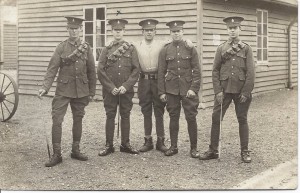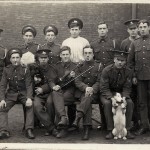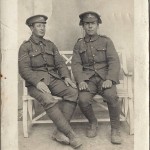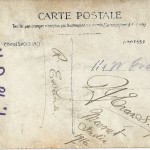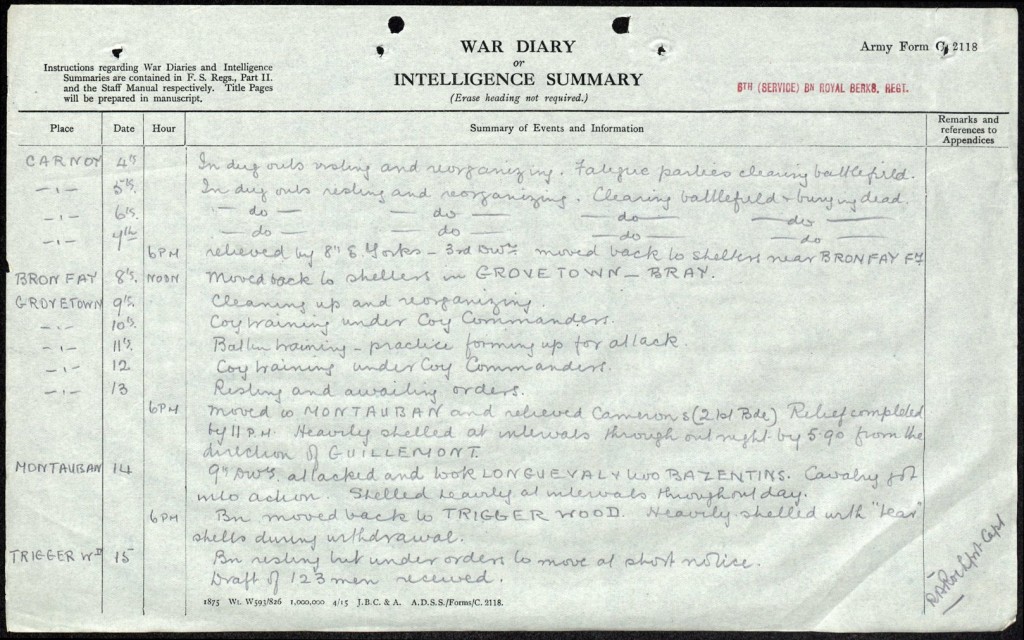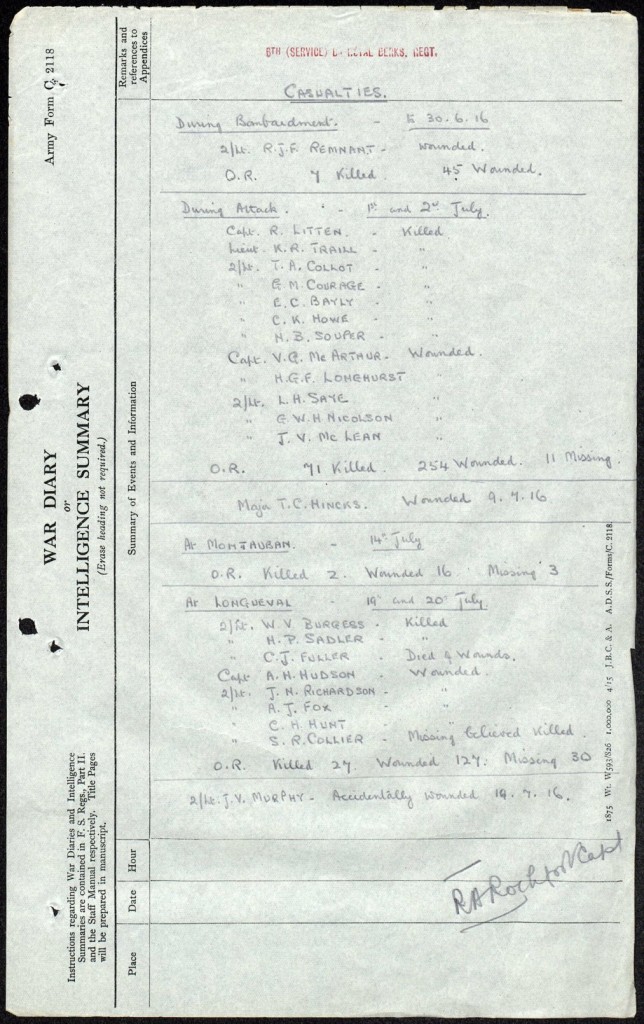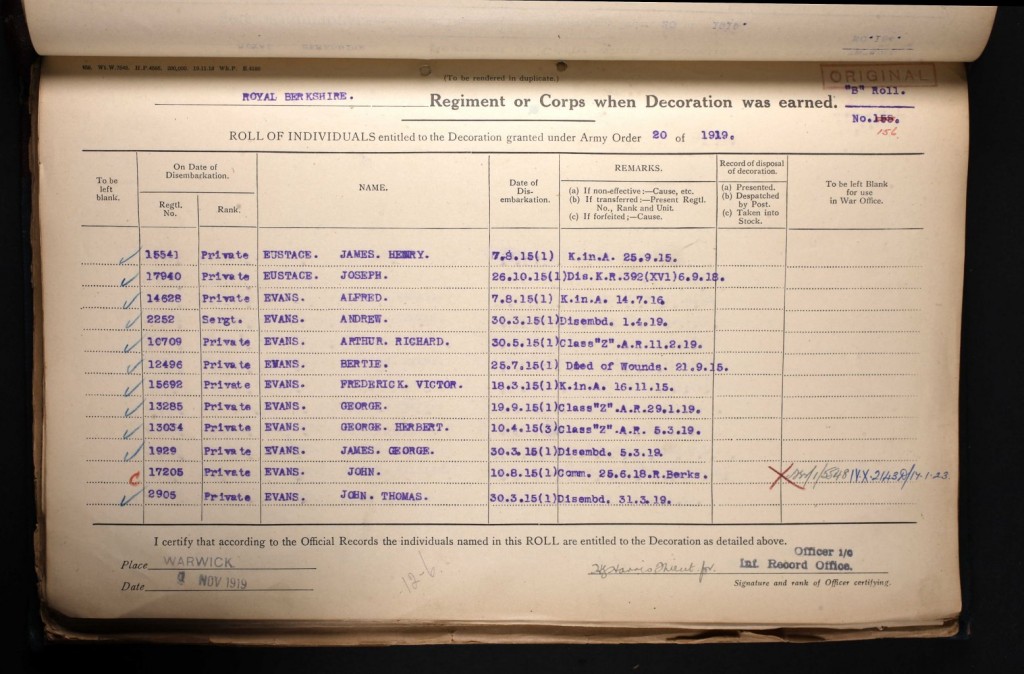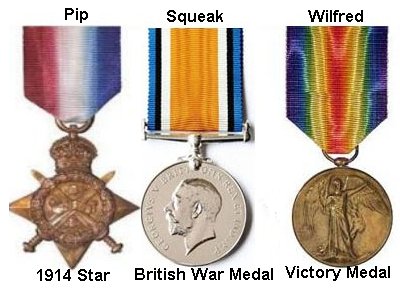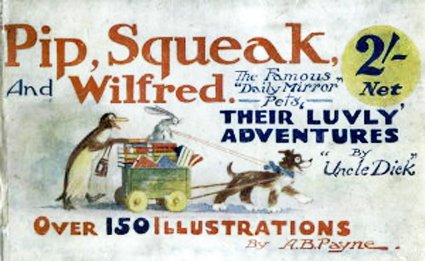Fred Evans
Great Uncle Fred Evans
01 December 1894 to 14 July 1916
Aged 21, killed in action at Fricourt east of Albert, near Mametz wood, Somme
Alfred Evans was born on 01/12/1894 and attended Nelson Street School where he won three medals for gymnastics, two of which are shown further on but the third medal for being ‘first’ cannot be located. On leaving school he seems to have found employment with F & C Ostler Ltd. But was dismissed 29/04/1913 because at the age of 19 he was ‘too old’, which probably meant that he would have to receive a wage rise and it would be cheaper to sack him and employ a younger man.
Nelson Street School, Boys Department April 29 1913
Alfred Evans having applied to me for a reference as to character, I have pleasure in stating that he was a scholar in my class for two years and I always found him truthful. I believe him to be quite reliable and have no hesitation in recommending him for the post he now seeks.
Signed E C Adams, Chief Assist’
Fred was sacked from his job for being too old, aged just 18
- Fred and cousin Stokes in their Peaky Blinder caps
- Fred and unknown lady friend
At the outbreak of World War I in 1914, Alfred was working with London and North Western Railways in Monument Lane, Birmingham. He joined the 8th Battalion Royal Berkshire Regiment, service No. 14628. The 8th Division was formed in England during October 1914 by the bringing together of regular army units which had been stationed at various points around the British Empire. The Division moved to France in November 1914, a badly-needed reinforcement to the BEF. It remained on the Western Front throughout the rest of the war, taking part in the Battles of Neuve Chapelle, Battle of Aubersand and Bois Grenier in 1915 and the Battle of Albert (the first phase of the Battles of the Somme) in 1916.
In the Battle of Albert 1 – 14 July 1916, the British assault broke into and gradually moved beyond the first of the German defensive complexes on the Somme. Success on the first day in the area between Montauban and Mametz led to a redirection of effort to that area, for the initial attack was defeated with huge losses north of Mametz. There was a stiff fight for Trones Wood and costly, hastily planned and piecemeal attacks that eventually took La Boisselle, Contalmaison and Mametz Wood.
He was in the Machine Gun Service and one letter he wrote home on 16/10/1915 is shown further on. He was killed in action nine months later on 14/07/1916 aged just 21. The battle in which he was killed was the Somme and his location at the time is thought to have been Fricourt just east the town of Albert, near Mametz wood, which is north of Somme.
Historical Information
On 1 July 1916, supported by a French attack to the south, thirteen divisions of Commonwealth forces launched an offensive on a line from north of Gommecourt to Maricourt. Despite a preliminary bombardment lasting seven days, the German defences were barely touched and the attack met unexpectedly fierce resistance. Losses were catastrophic and with only minimal advances on the southern flank, the initial attack was a failure. In the following weeks, huge resources of manpower and equipment were deployed in an attempt to exploit the modest successes of the first day. However, the German Army resisted tenaciously and repeated attacks and counter attacks meant a major battle for every village, copse and farmhouse gained. At the end of September, Thiepval was finally captured. The village had been an original objective of 1 July. Attacks north and east continued throughout October and into November in increasingly difficult weather conditions. The Battle of the Somme finally ended on 18 November with the onset of winter.
The Thiepval Memorial, the Memorial to the Missing of the Somme, bears the names of more than 72,000 officers and men of the United Kingdom and South African forces who died in the Somme sector before 20 March 1918 and have no known grave. Over 90% of those commemorated died between July and November 1916. The memorial also serves as an Anglo-French Battle Memorial in recognition of the joint nature of the 1916 offensive and a small cemetery containing equal numbers of Commonwealth and French graves lies at the foot of the memorial.
Letter home from Fred, dated 16 October 1915
The above letter reads as follows:
Pte Evans
MGS (Machine Gun Section)
8th Royal Berks.
BEF France
Oct. 16 1915
Dear Father and all
Just a few lines in answer to your letter which I received in the trenches last Tues. You will be pleased to know that I went through my second charge last Thurs. without a scratch, so I can consider myself very lucky indeed I reckon. We started to bombard their positions in earnest at 12 noon and the smoke went up a 1.55 pm our fellows going over at 2.5 pm as cool as if they were going upstairs to bed. I was ammunitions carrier for the mg (machine gun), between the second and first line, not a very enviable job I’ll tell you as the Huns were shelling our communications trenches, to stop the supports coming up and it was a terrible job getting through what with the wounded and supports it was lovely you can bet I was glad when it was over I tell you I was run off my legs almost still it’s all in the game, and I suppose I hadn’t a right to grumble seeing that I came out alright, without a mark or anything. I have just received a letter from that fellow who came down to our house and am answering it after this one. We only had 4 days rest from the last attack you know and were in the trenches for 9 days this time but they say we are going to have a good rest this time. Well I hope you all have plenty of work, they say in the papers W.P. (Weekly Post?), that they must stop recruiting from the Railways and mines as there will be terrible shortages in a few months time, as they cannot get sufficient men as it is. Well I think this is all the news for the present so will close with fondest love to all at home
I Remain
Your Loving Son and Bro
Fred
P.S. I think I forgot to thank Mother for that card she sent me as I take the liberty of thanking her now. It was a grand card I think
Newspaper report of Fred’s death on 14 July 1916 aged 21
London and North Western Railway Company Roll of Honour
Thiepval memorial
- Fred on the right
- Fred second from left
- Fred on the left
- Rear of post card reads “Some of the Details, notice our musician in the centre.”
- Fred on the right
- Rear of the card dated 18/10/1915 and Fred has written “N.B. Phil, this is mine.” Philip Joseph Evans has also signed the card and written “Meerut, India 1916.”
Below: Extract from War Diary Intelligence Summary
Fred’s regiment is shown as being at Montauban on 14th July 1916
Below: Extract from War Diary Intelligence Summary
Fred must have been among the three soldiers “missing” on 14th July 1916
Below: Roll of individuals entitled to decoration of medals
1914 / 1915 Star
The 1914-15 Star was a campaign medal of the British Empire, for service in World War I. The Victory Medal was awarded to all who received the 1914 Star or 1914-15 Star. The British War Medal was awarded for service in World War I. These three medals were sometimes irreverently referred to as Pip, Squeak and Wilfred with Pip representing either this medal or the 1914 Star, only one of which could be awarded to a soldier; Squeak represented the British War Medal; and Wilfred represented the Victory Medal.
Pip, Squeak and Wilfred was a long-running British newspaper strip cartoon published in the Daily Mirror from 1919 to 1956. It was conceived by Bertram Lamb, who took the role of Uncle Dick, signing himself (B.J.L). It concerned the adventures of an orphaned family of animals. Pip, who assumed the “father” role, was a dog, while the “mother”, Squeak, was a penguin. Wilfred was the “young child” and was a rabbit with very long ears.
Alfred Evans
01 December 1894 – 14 July 1916
Kemnay WWII History
Kemnay War Memorials

